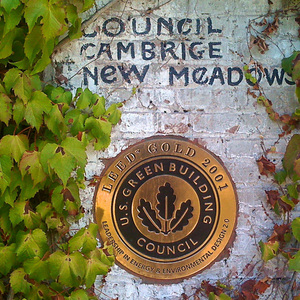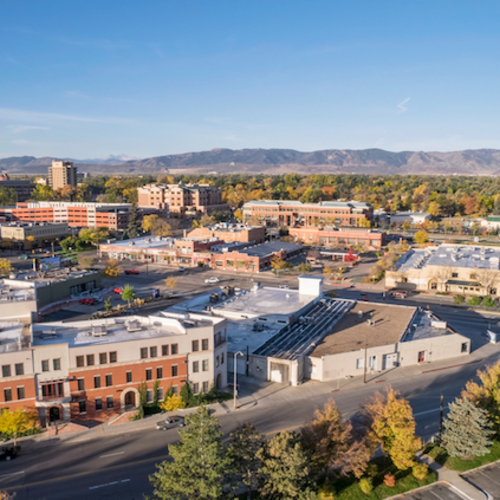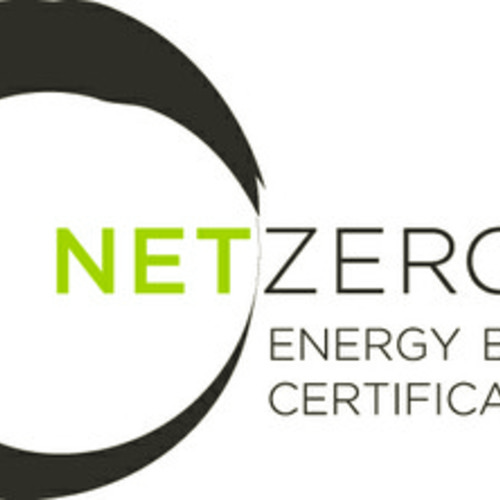
Green builders can pursue an Energy Star label, an Earthcraft label, a Passivhaus label, or a Health House label for their new homes. But one Seattle-based nonprofit group has decided that we need another new label.
Even though there are many ways to combine construction strategies and renewable-energy systems to produce buildings that can operate at net zero energy, the International Living Future Institute decided it is time to introduce a certification system for projects aiming for NZE performance.
Last week in Toronto, during the Greenbuild International Conference & Expo, the ILFI announced the launch of Net Zero Energy Building Certification, which is linked to the institute’s stringent Living Building Challenge program. Certification through the NZE Building Certification program, ILFI says, will be based on performance rather than modeling. NZE projects anywhere in the world can apply for consideration, although candidate buildings must be operational for at least 12 months before they’re evaluated.
A variety of renewable-energy systems can be used, including passive solar, photovoltaics, wind turbines, solar thermal, direct geothermal, water-powered microturbines, and fuel cells powered by hydrogen generated from renewably powered electrolysis.
The institute’s green reach
While many projects, including some marketed by production builders, are touted as net-zero-energy performers, those that qualify for the NZE Building Certification will have to meet the following Living Building Challenge requirements:
- The NZE building’s construction and renewable-energy system curb the project’s contribution to the effects of sprawled development.
- The building operates at net zero energy.
- The project is built in a way that does not preclude another building from achieving net zero energy operation as a result of excessive shading.
- Renewable-energy systems must be incorporated into the building in ways that are “attractive and inspiring.”
-
Formerly known as the Living Building Institute (until April of this year), ILFI now manages the Living Building Challenge program; the Cascadia Green Building Council, a green building advocacy group for builders in the Northwest, British Columbia, and Alaska; Natural Step Network USA, which advises businesses on environmentally sustainable practices; and Ecotone Publishing, which produces books about green architecture and design.
Weekly Newsletter
Get building science and energy efficiency advice, plus special offers, in your inbox.















3 Comments
Performance > Prescriptive
In a time when there are too many certification schemes battling away, another one could get lost or ignored.
I hope not, since this one could be the Answer.
A strict results-based rating like this would eliminate controversy around dubious features like bike racks and Energy Star south windows with low SHGC numbers.
This certification also sounds a lot like what I suggested last year:
http://greenbuildingindenver.blogspot.com/2010/10/leed-for-homes-rating-system.html
"The NZE building’s construction and renewable-energy system curb the project’s contribution to the effects of sprawled development." To me that means NO development on greenfields. Leaving what? Redevelopment, infill, and densification of cities and towns. For more on that:
http://greenbuildingindenver.blogspot.com/2011/10/how-does-demise-of-big-builder-magazine.html
windows
Whats the matter with Energy Star south windows with low SHGC numbers?
Response to Shane
Shane,
They're probably fine in Texas and Florida. But up north, most houses will want high-SHGC glazing for their south windows. That way their energy bills will be lower than if they had chosen low-SHGC glazing.
Log in or create an account to post a comment.
Sign up Log in